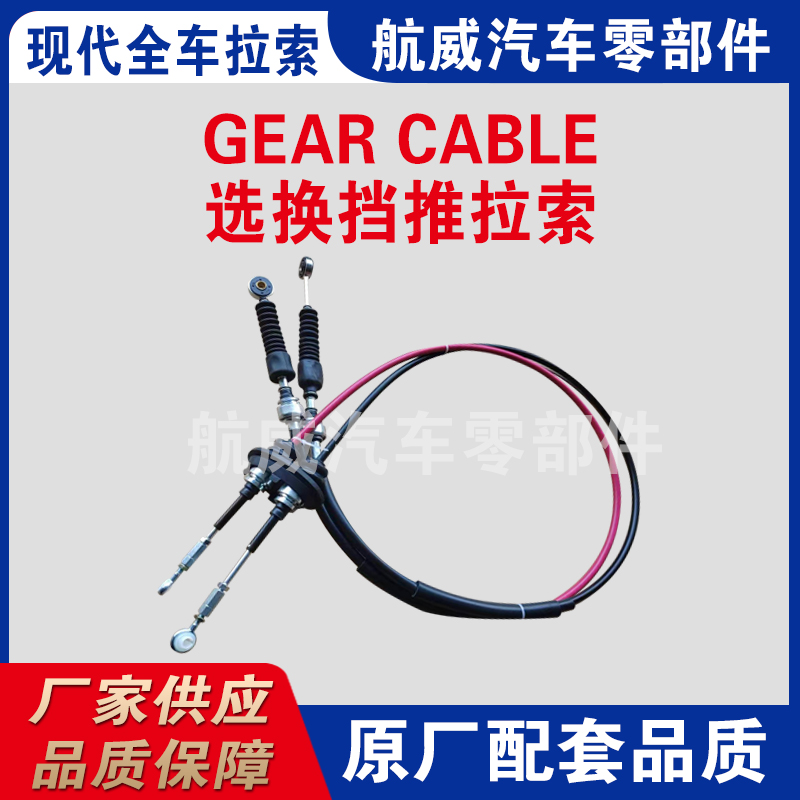gear cable outer casing
Understanding Gear Cable Outer Casing A Comprehensive Overview
In the realm of cycling, the efficiency of gear shifting can significantly affect the overall riding experience. One of the crucial components that contribute to smooth and precise gear changes is the gear cable outer casing. This article delves into the role, types, installation, and maintenance of gear cable outer casings, providing cyclists with essential insights for optimal bike performance.
What is Gear Cable Outer Casing?
The gear cable outer casing is a tubular structure that envelops the inner gear cable, enabling it to operate smoothly within the bike's shifting system. It serves several vital purposes protecting the inner cable from environmental elements, ensuring minimal friction as the cable moves, and maintaining the tension necessary for accurate gear engagement. A quality casing contributes significantly to the responsiveness of the shifting mechanism.
Types of Gear Cable Outer Casings
There are various types of gear cable outer casings available, each designed to cater to different riding conditions and preferences. The most common materials include
1. Plastic Casings Lightweight and affordable, plastic casings are standard for many entry-level bikes. They offer basic protection and functionality but may wear out faster under extreme conditions.
2. Aluminium Casings For riders seeking durability, aluminium casings provide a robust alternative. They can withstand harsher conditions and are often favored by off-road cyclists.
3. Steel Casings These are rare but may be found in specific applications. They offer unmatched durability but can be heavier, influencing the overall weight of the bike.
4. Specialty Casings Some manufacturers design casings with specific features, such as weather resistance or enhanced friction reduction, ideal for competitive cyclists or those who frequently ride in adverse conditions.
Installation of Gear Cable Outer Casings
Installing gear cable outer casing is a straightforward process that can be performed by most cyclists, requiring minimal tools
. Here’s a brief guide1. Preparation Begin by gathering the necessary materials, including the outer casing, inner cable, cable end caps, and appropriate tools such as wire cutters and a Phillips screwdriver.
gear cable outer casing

2. Removal First, remove the existing outer casing by detaching the inner cable from the derailleur and loosening any fittings that hold the casing in place. This may involve unscrewing cable anchors or removing housing stops.
3. Sizing Before installing the new casing, measure and cut it to the appropriate length. The length will depend on the specific bike model and frame geometry.
4. Installation Slide the outer casing into place, ensuring that it runs smoothly through the cable housing ports of the frame. Then, reattach the inner cable, ensuring it passes correctly through the new outer casing.
5. Final Adjustment Once everything is in place, test the gear shifting to ensure everything operates smoothly. Make any necessary adjustments to the tension of the inner cable if needed.
Maintenance of Gear Cable Outer Casings
Regular maintenance of the gear cable outer casing is essential for prolonging its lifespan and ensuring optimal performance. Here are some tips for proper care
- Inspection Routinely check the casing for any signs of wear, such as fraying, cracking, or kinks. Replace it immediately if any damage is present to avoid shifting issues.
- Cleaning Dirt and debris can accumulate within the casing over time. Clean it periodically to maintain smooth operation. A damp cloth can suffice, but ensure no moisture gets trapped inside.
- Lubrication Apply a light lubricant to the inner cable when replacing the casing. This will help reduce friction and enhance the responsiveness of gear shifting.
- Adjustment of Tension Keep an eye on cable tension, adjusting it as necessary to maintain effective gear shifting.
Conclusion
In conclusion, the gear cable outer casing plays a fundamental role in the efficiency and smoothness of gear shifting on a bicycle. By understanding its functions, types, installation process, and maintenance, cyclists can ensure their bikes perform at their best. Whether commuting, mountain biking, or competing, investing in high-quality gear cable outer casings is a step towards a better cycling experience. Embrace the essential nature of these components, and enjoy the ride!
-
Workings of Clutch Pipe and Hose SystemsNewsJun.04,2025
-
The Inner Workings of Hand Brake Cable SystemsNewsJun.04,2025
-
The Secrets of Throttle and Accelerator CablesNewsJun.04,2025
-
The Hidden Lifeline of Your Transmission Gear Shift CablesNewsJun.04,2025
-
Demystifying Gear Cables and Shift LinkagesNewsJun.04,2025
-
Decoding Clutch Line Systems A Comprehensive GuideNewsJun.04,2025
